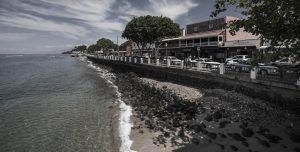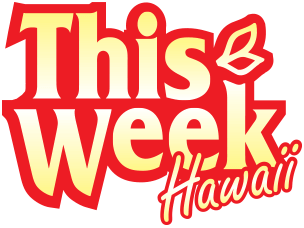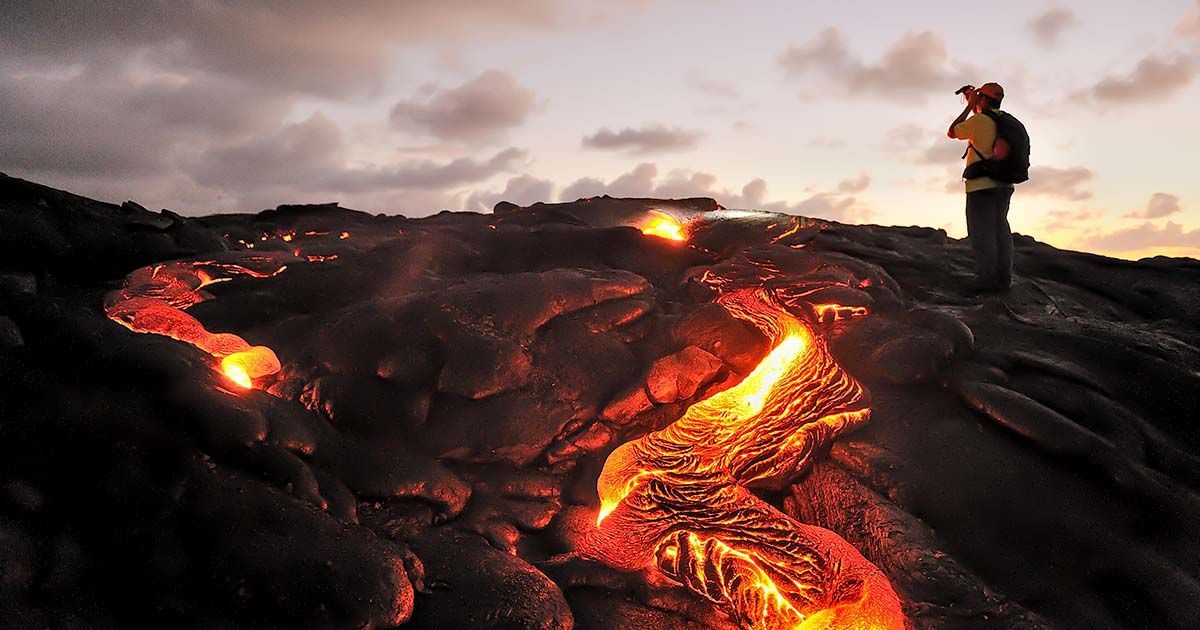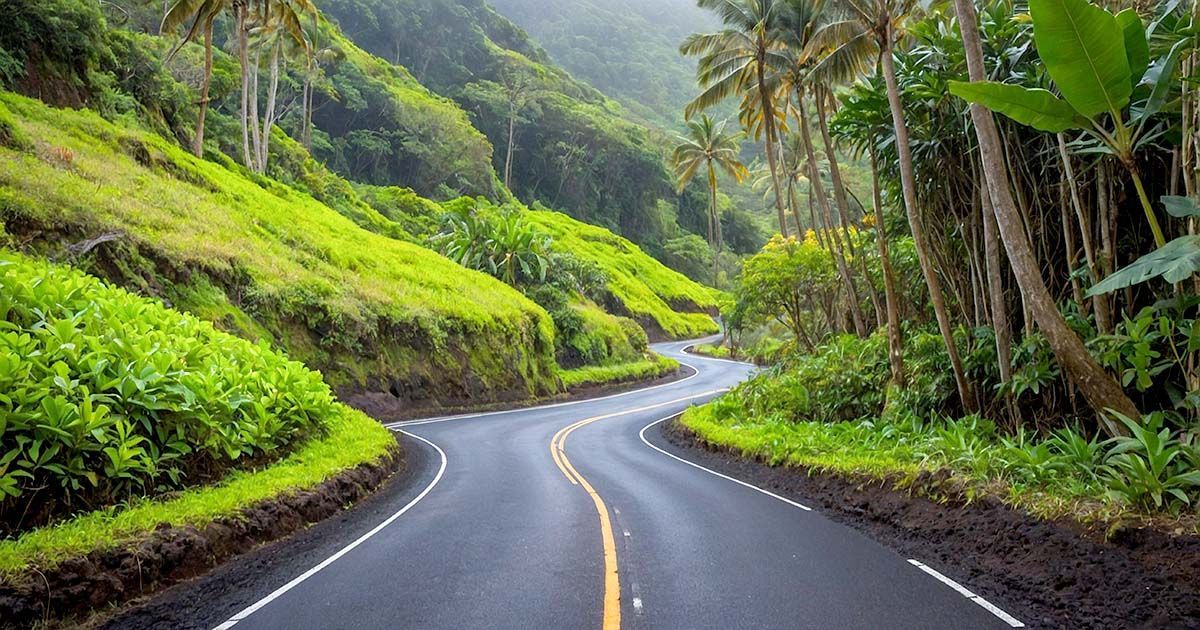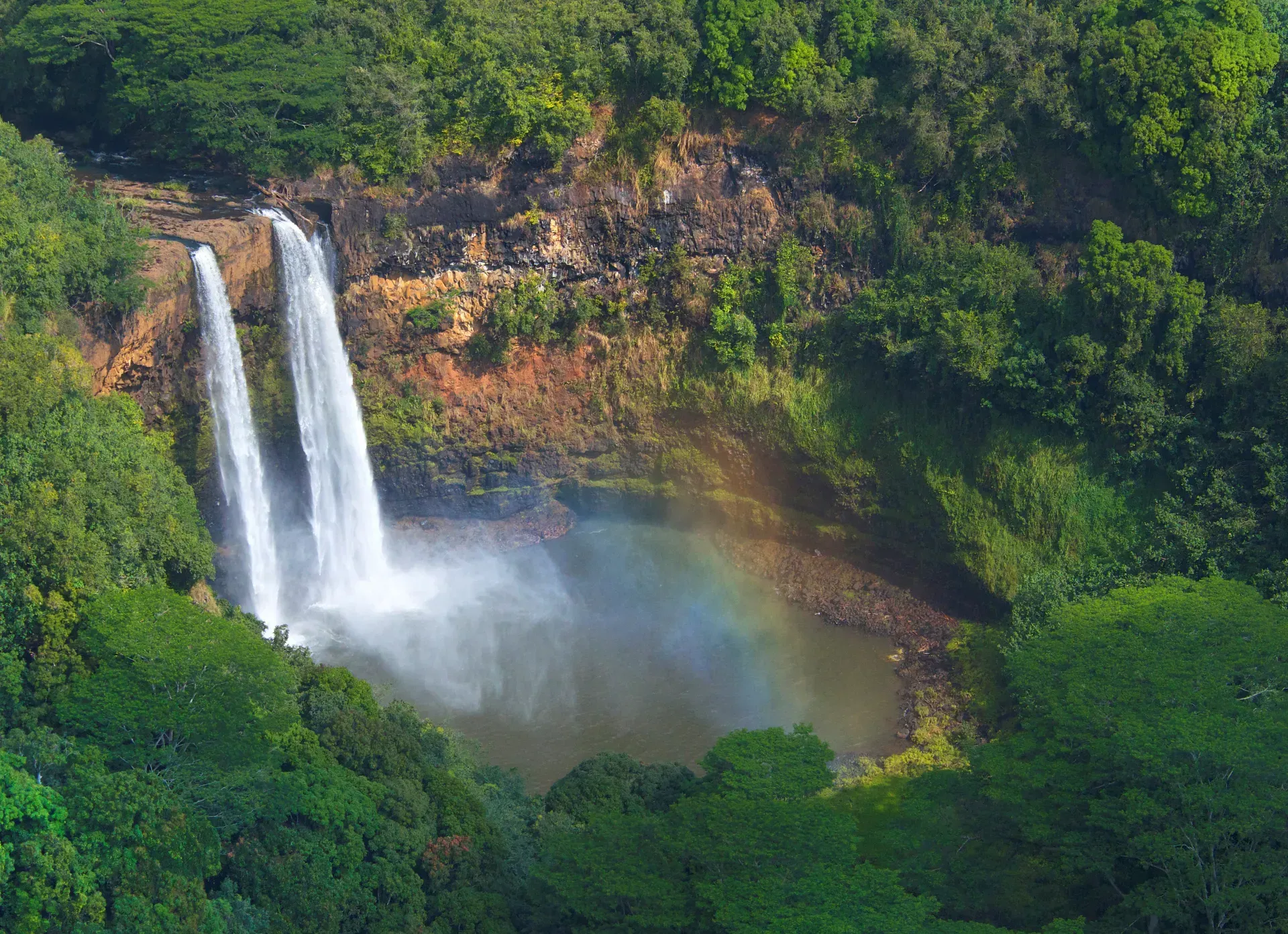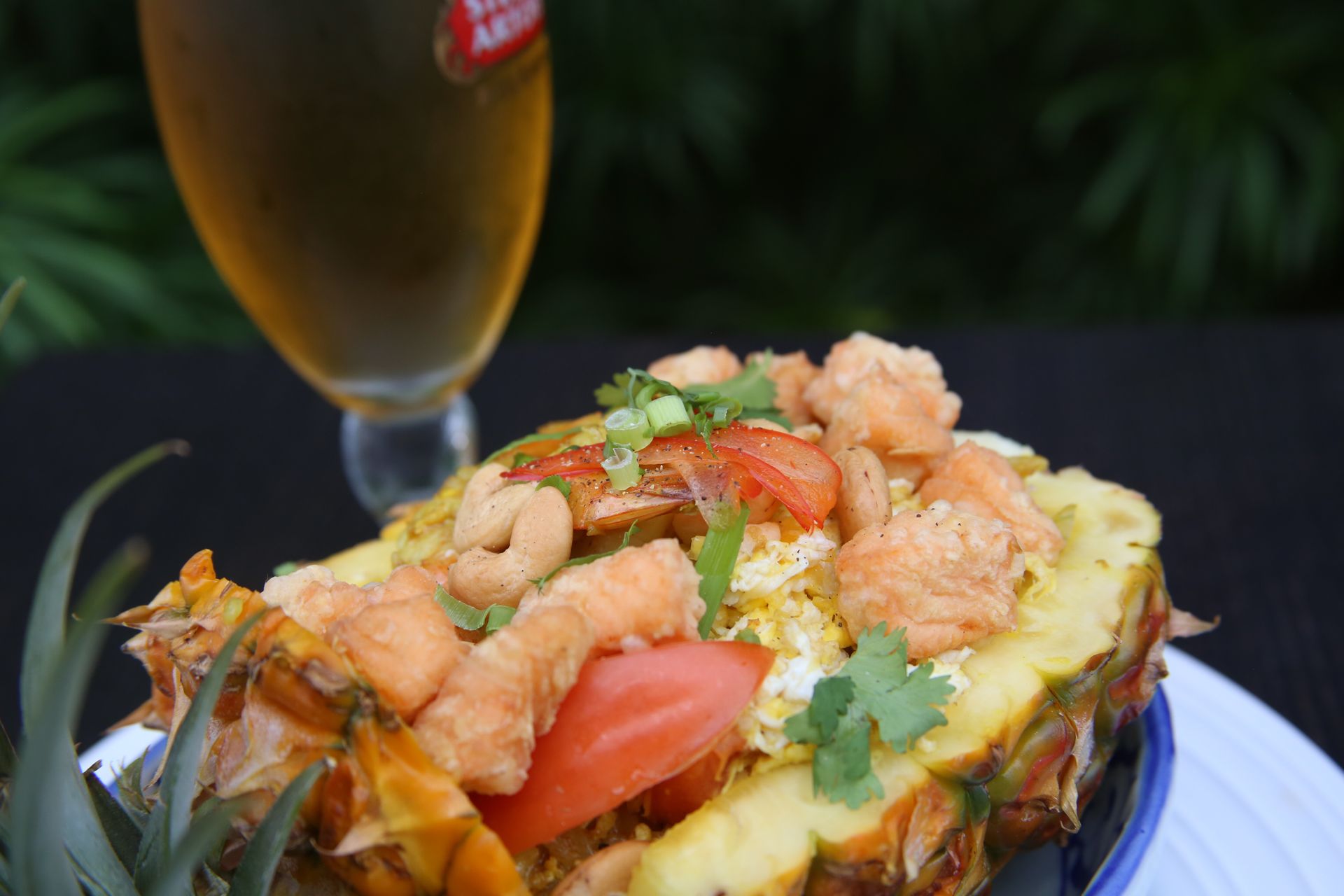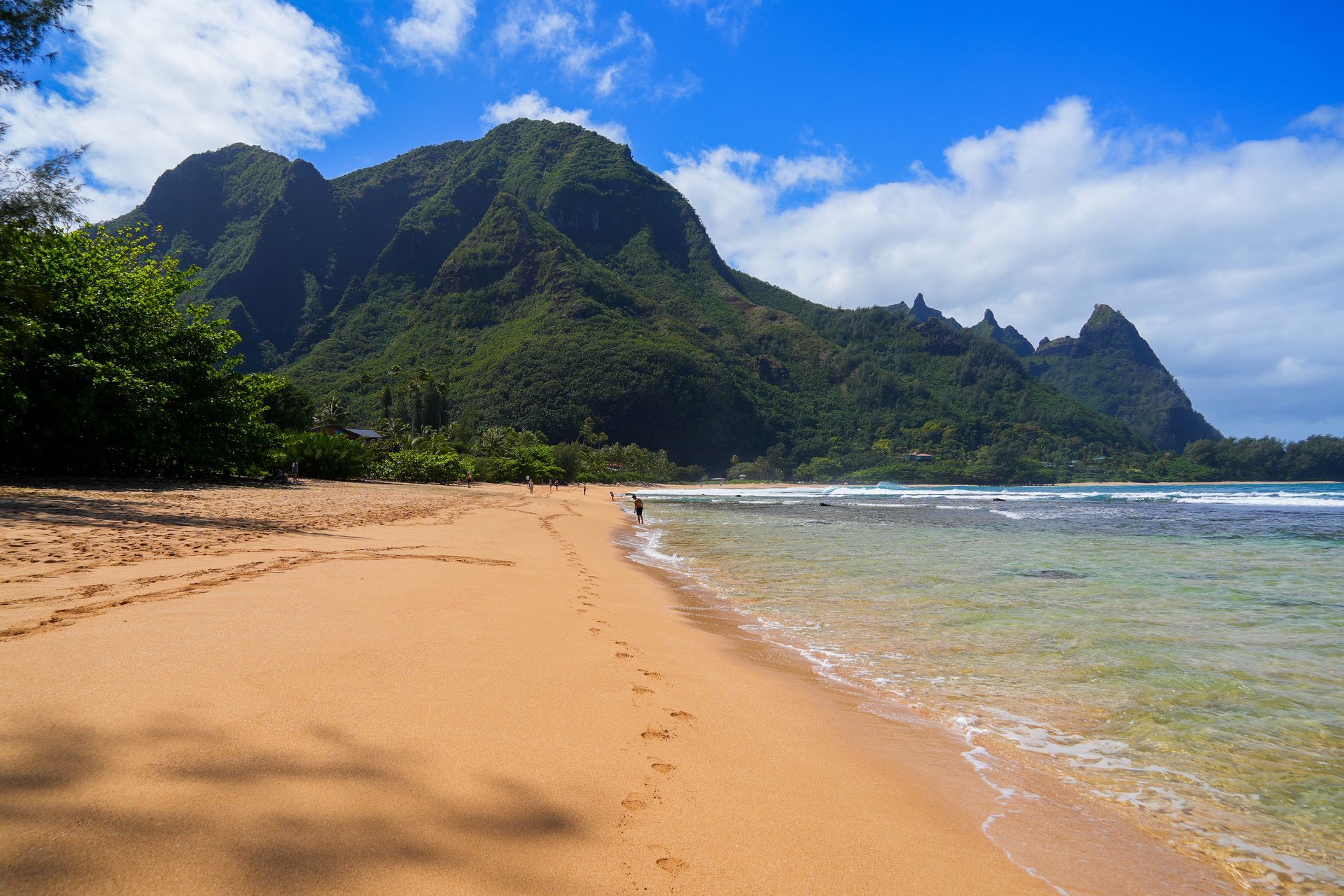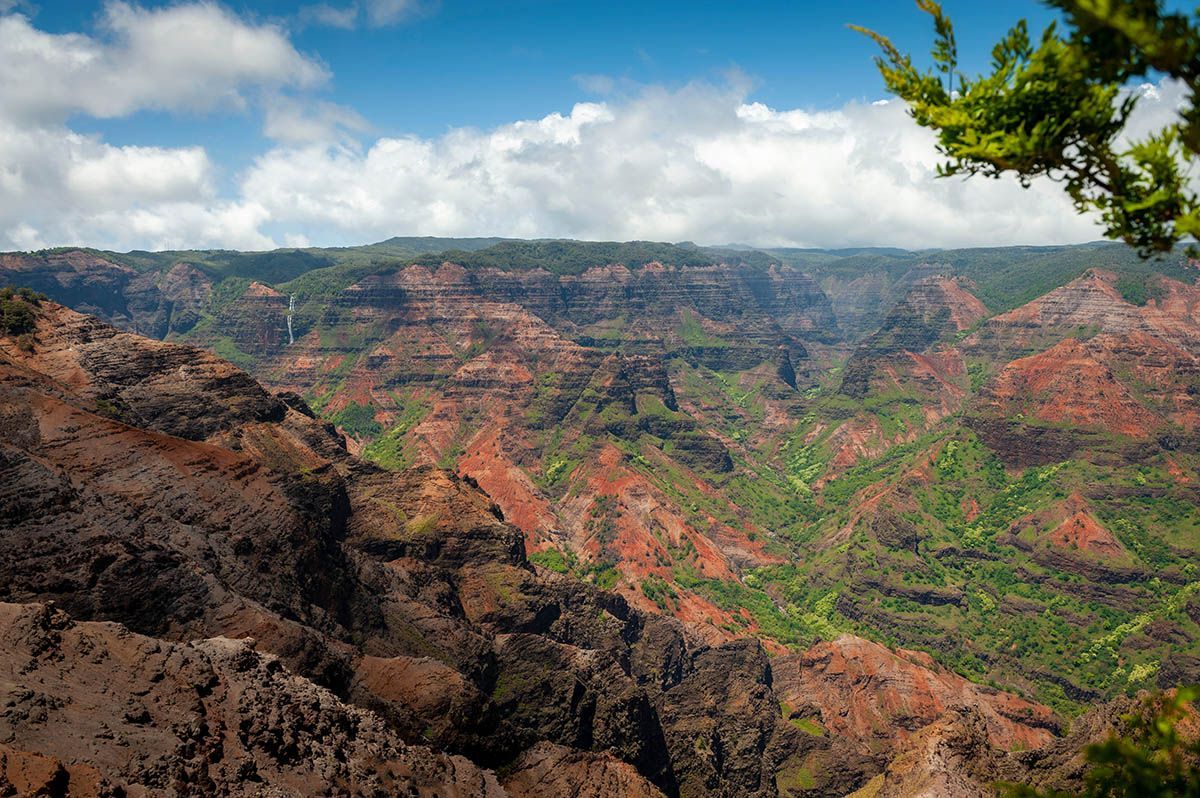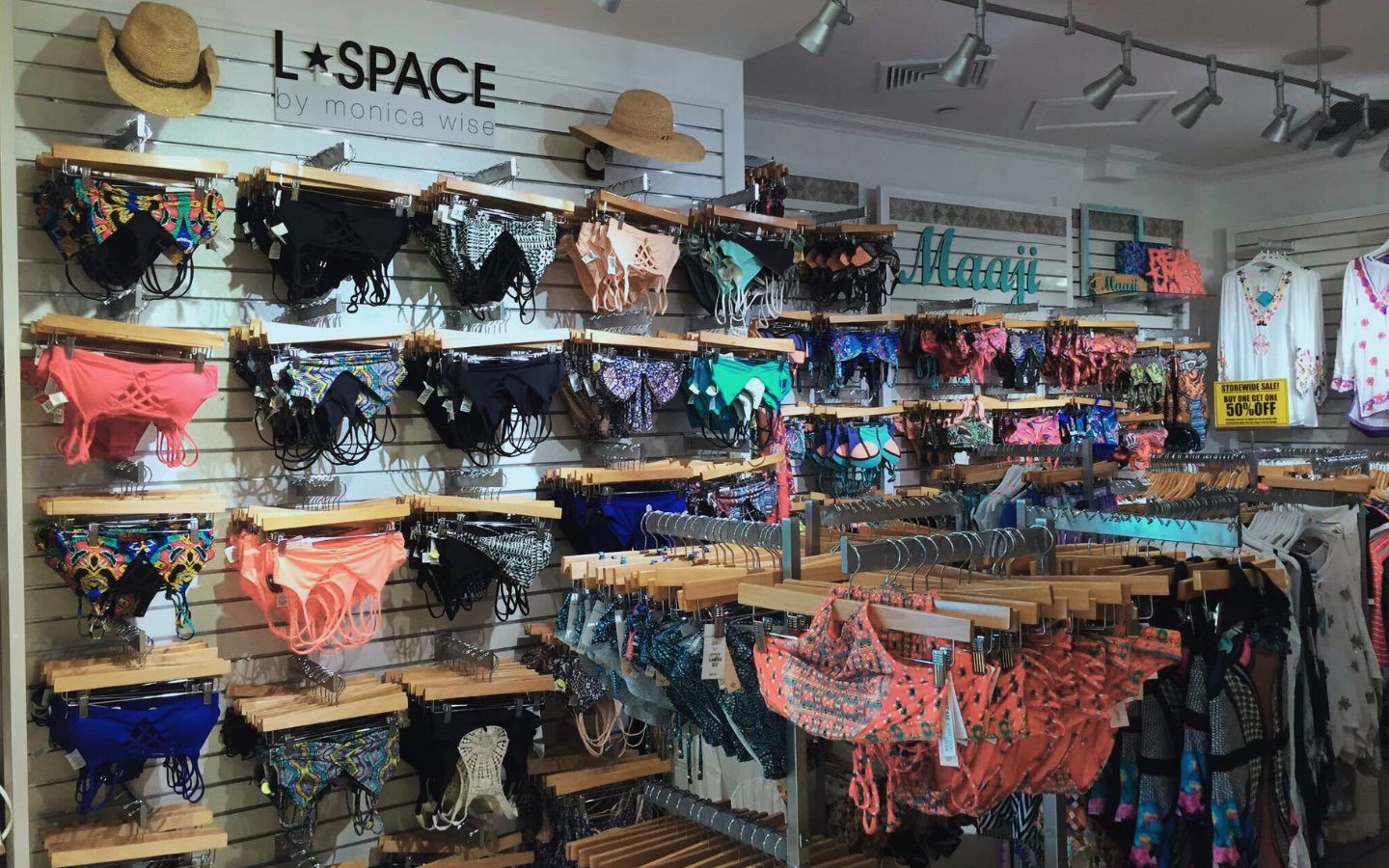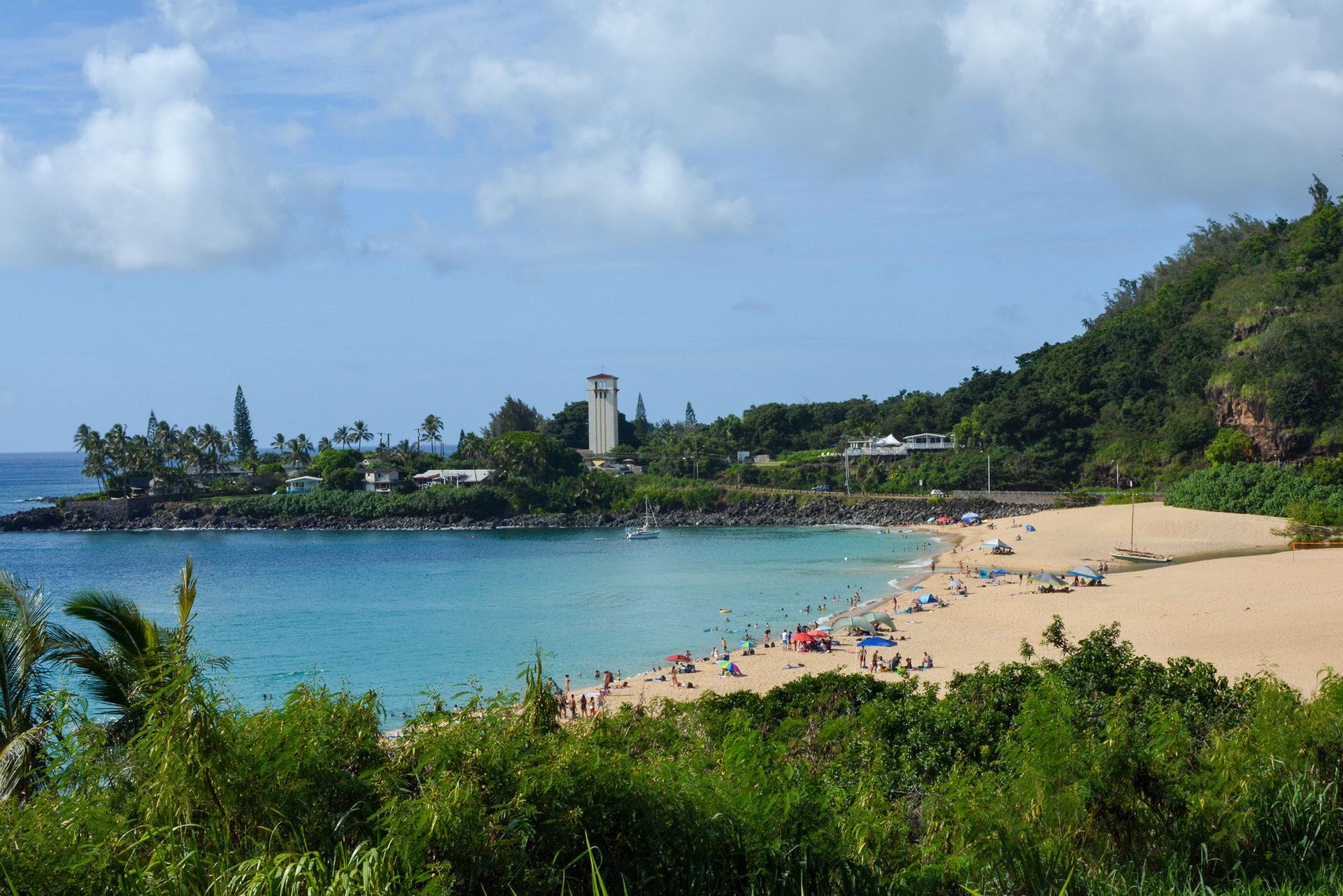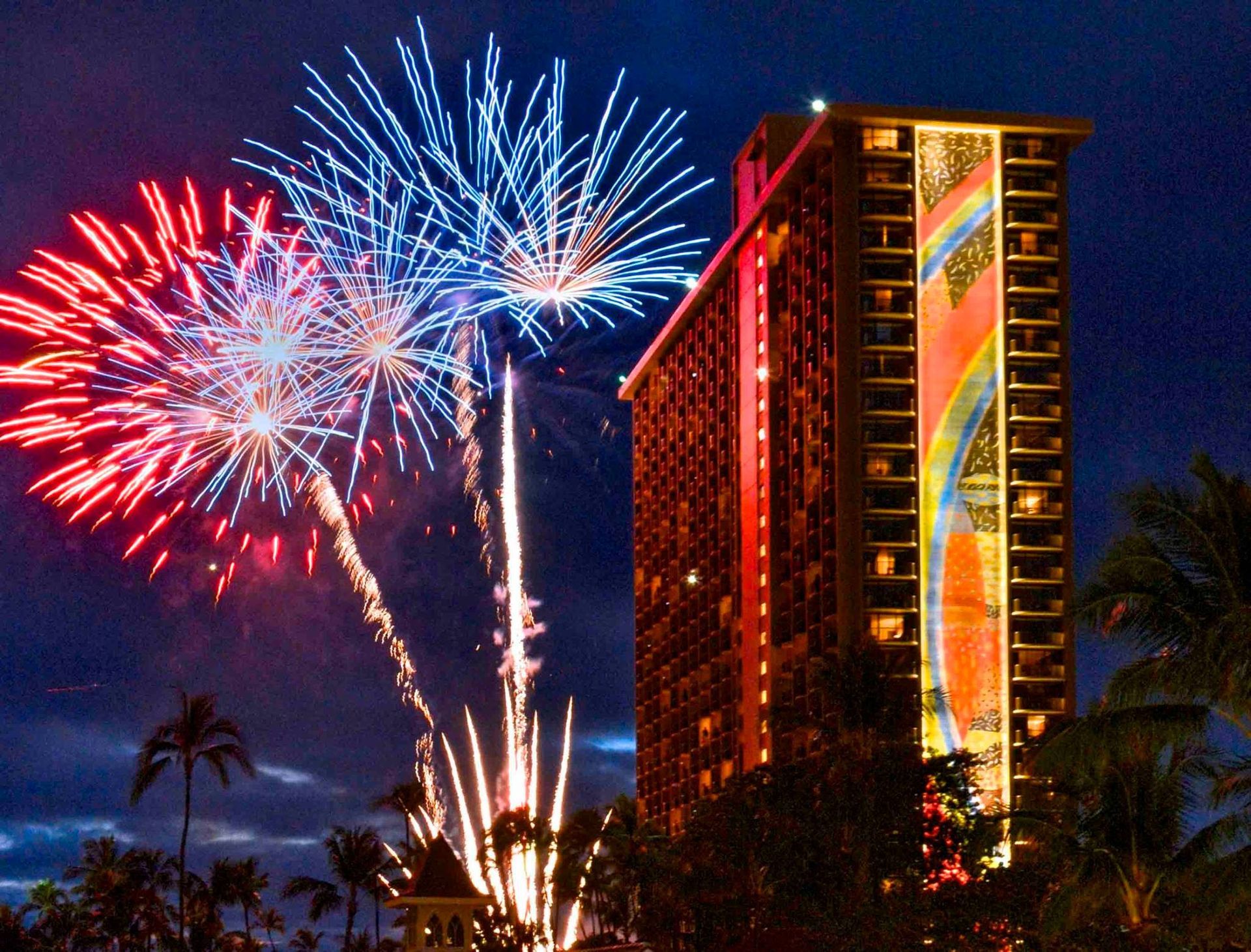The Wonders of the Ni‘ihau Shell Lei Necklace: Talking with Liz Cope of The Hawaiian Trading Post

By Kent Coules, Publisher
Long before The Hawaiian Trading Post’s Liz Cope imported her first Ni‘ihau shell lei necklace to her Koloa store in 1984, she knew many of the artists. Cope moved to the west side of Kaua‘i at age seven from Oah‘u, the daughter of a NASA engineer. “Ni‘ihau children attended Kekaha Elementary School on the Westside with me”, Cope explains. “They would go back and forth. To this day, I do business with artists I grew up with.”
Not too many people can say they “grew up with Ni‘ihau shell lei artists.” It’s called “The Forbidden Island” for a reason. Purchased (by the Sinclair family (and now owned by the Robinson family) in 1864 from King Kamehameha V for $10,000 in gold, the family has upheld its promise to the king to protect the island and its residents from outside influences.
The island is a scant 17 miles off the coast of Kaua‘i, but it’s a world apart. There are no roads, no cars, no stores, no restaurants, no internet, no electricity, no indoor plumbing. What Ni‘ihau does have is shells and the craftsmen to find and create these world-renowned art treasures.
Every phase of a Ni‘ihau shell lei necklace creation is painstaking. From collecting the shells, to sorting them by type, size and color, to the process of stringing them can mean one necklace can take years to create. With as few as 100 permanent residents now on the island, the supply has not kept up with demand. “Many of the residents I knew growing up have moved to Kaua‘i because there is no real source of income on the island since the ranch closed,” explains Cope. “There are fewer people to collect the shells and the skills are being passed down to fewer people in each succeeding generation. On top of all that, climate change is starting to have an impact on the quantity of shells being found.”
On a recent visit to Koloa, I sat down with Liz to ask her questions only she could answer on this subject.
Let’s start with the question I think most our readers want to know first: What is the price range for Ni‘ihau shell necklaces you carry at The Hawaiian Trading Post?
$350 for a simple necklace to upwards of $25,000.
Do you have a favorite artist?
I’d have to say Margaret Kelley. She is the granddaughter-in-law of Grandma Kelley, one of the greatest Ni‘ihau shell necklace artists ever. I try to buy as much of her work as possible.
What separates Margaret’s work from a less accomplished artist?
Clean workmanship, color organization and placement.
Have you ever bought a particularly beautiful necklace and then said, “I can’t sell this. I gotta keep it?”
Actually, I’ve done that a lot. And I’ve never regretted keeping any piece. But I have regretted selling a few that I should have kept!
What was the longest time it took to create a necklace you’ve had in your store?
Six years. It was three different strands, rare shells and rare colors.
Any memorable celebrity customers?
Oh, we’ve had our share of celebrity clientele over the years. I was probably most star struck when I recognized Leonardo Di Caprio stopping in with a girlfriend. He was trying to be stealth with sunglasses and baseball cap. The credit card he used even had a different name. But I recognized him and when I said something, I could tell he was a little bummed. He was having such a good time until I ‘outted’ him”.
Christie Brinkley came in with her daughter. The reason she was so memorable was her presence. When she walks in you literally have to stare. She is stunning in person.
My favorite was Michael Landon. He used to come in two to three times a year. He was one of the nicest customers I’ve ever had. Forget about celebrity; he was just the best.
Visitors say the darndest things. What’s one of your favorite comments?
“You speak English very well.”
To that I say, “So do you!”
Finally, what are your words of advice for our readers looking to purchase a Ni‘ihau shell necklace?
Know who you’re buying from. It’s pretty easy to be duped if you’re not educated. The best way to ensure a good buying experience is to trust the person with whom you’re doing business.
Truer words were never spoken.
[A version of this interview appears in print in the March-May 2019 issue of This Week Kaua‘i]
